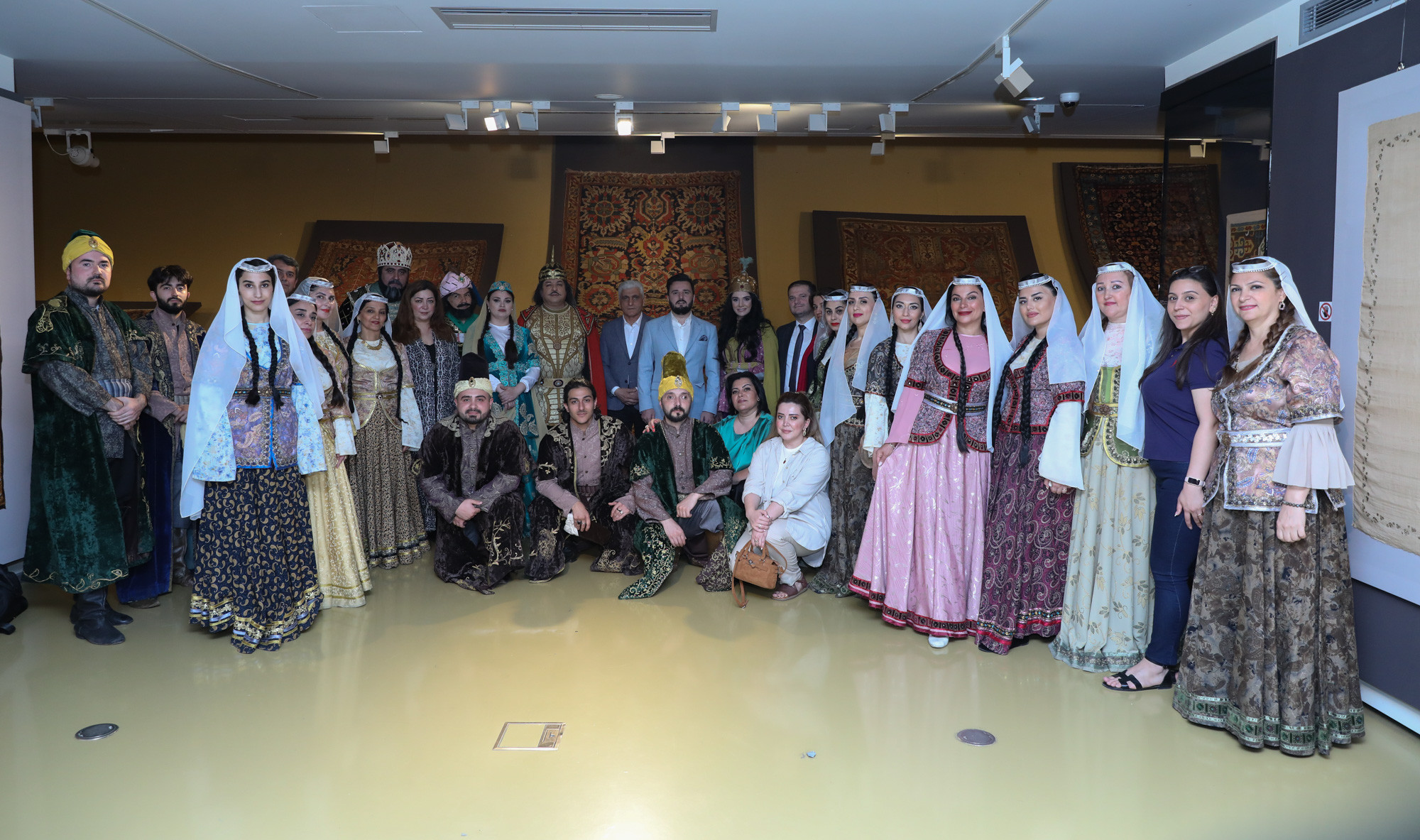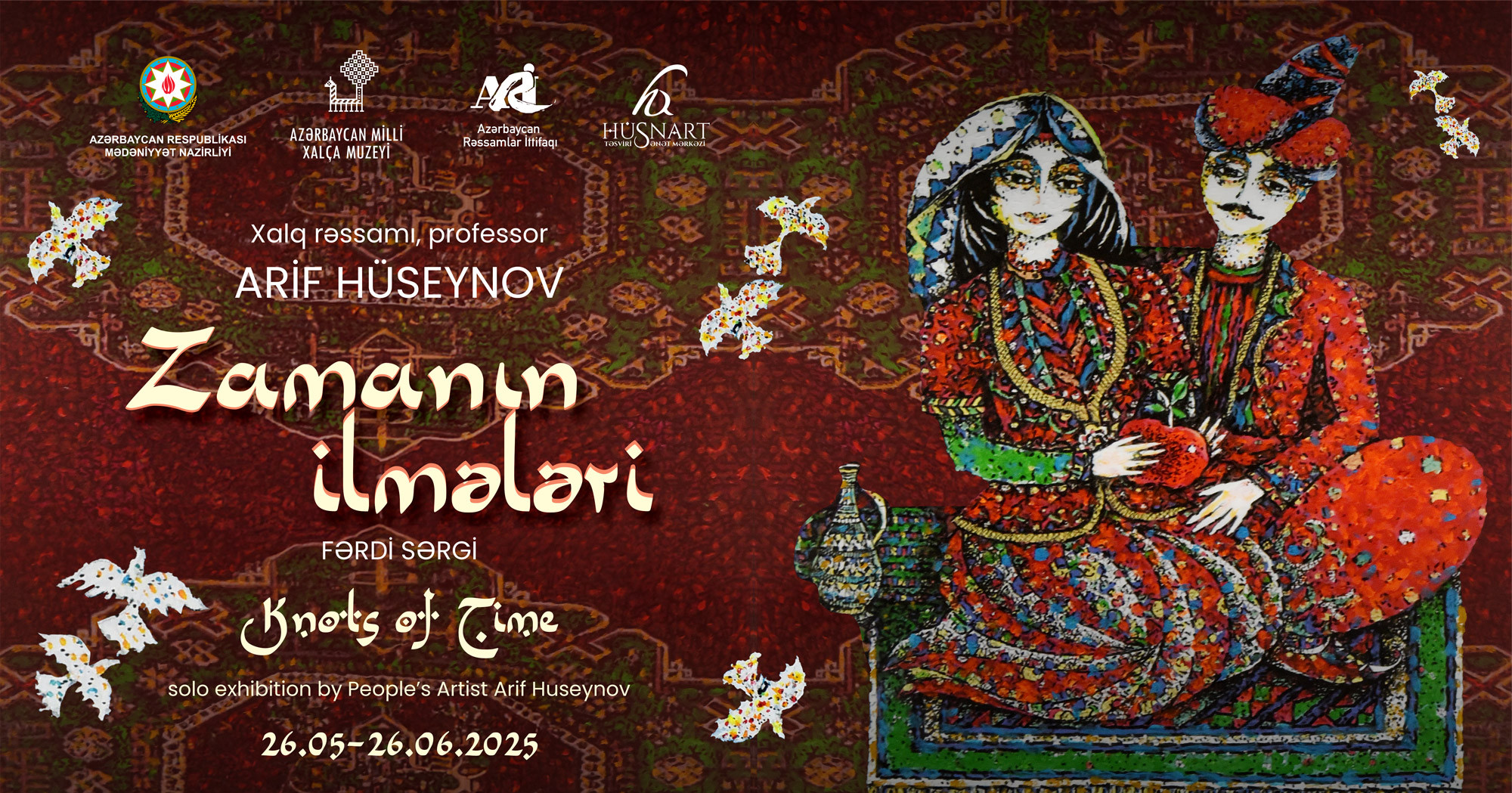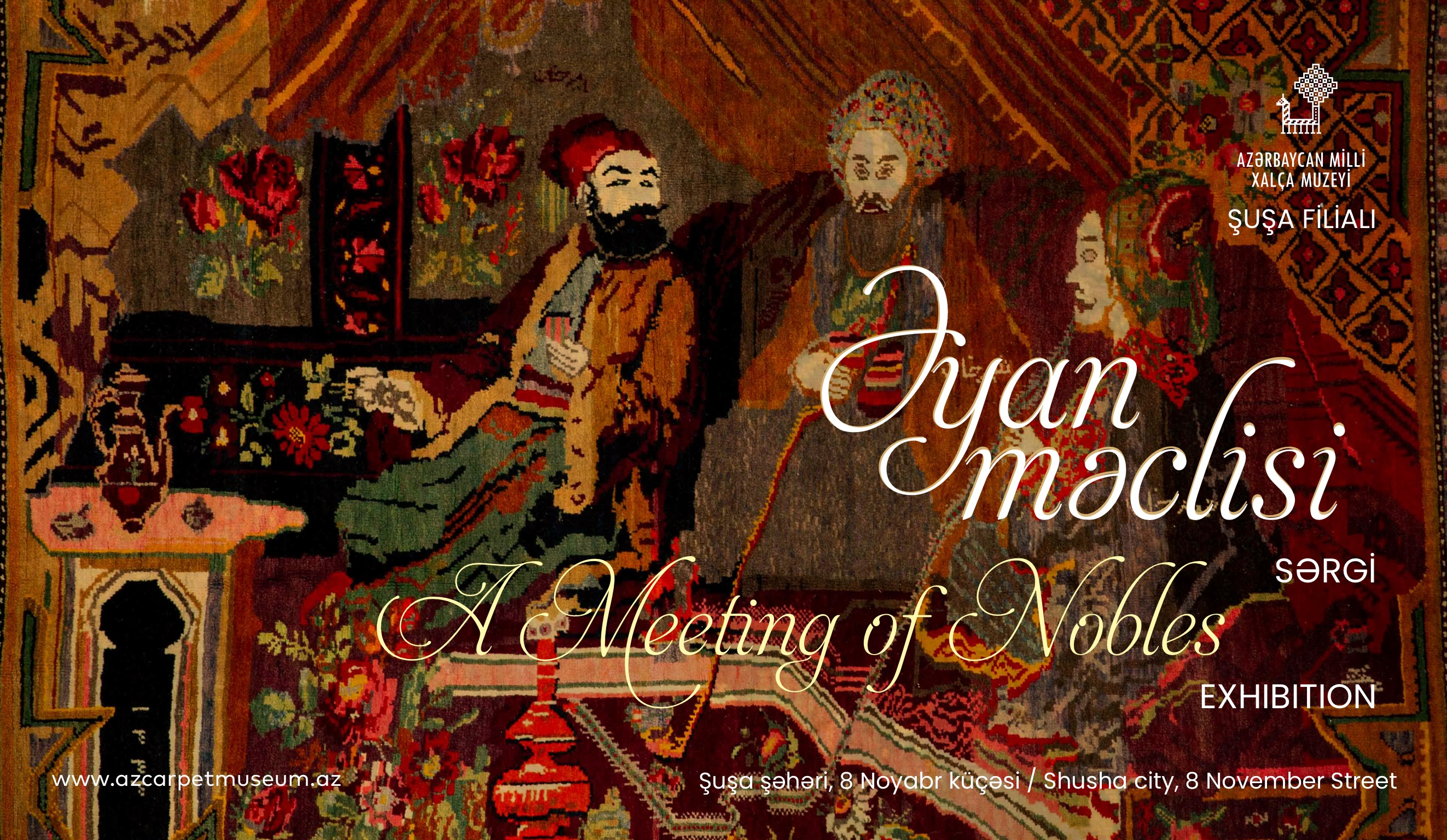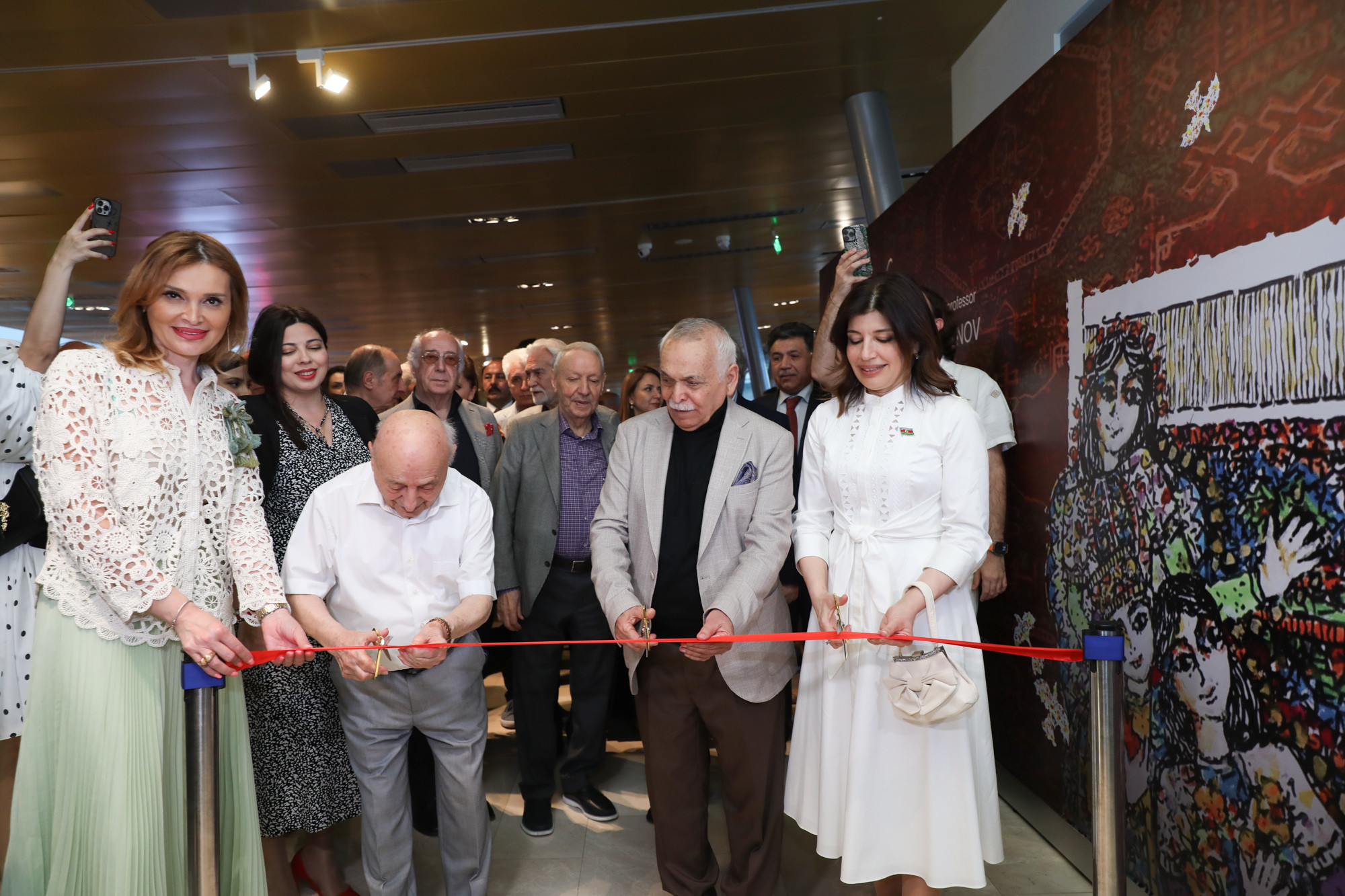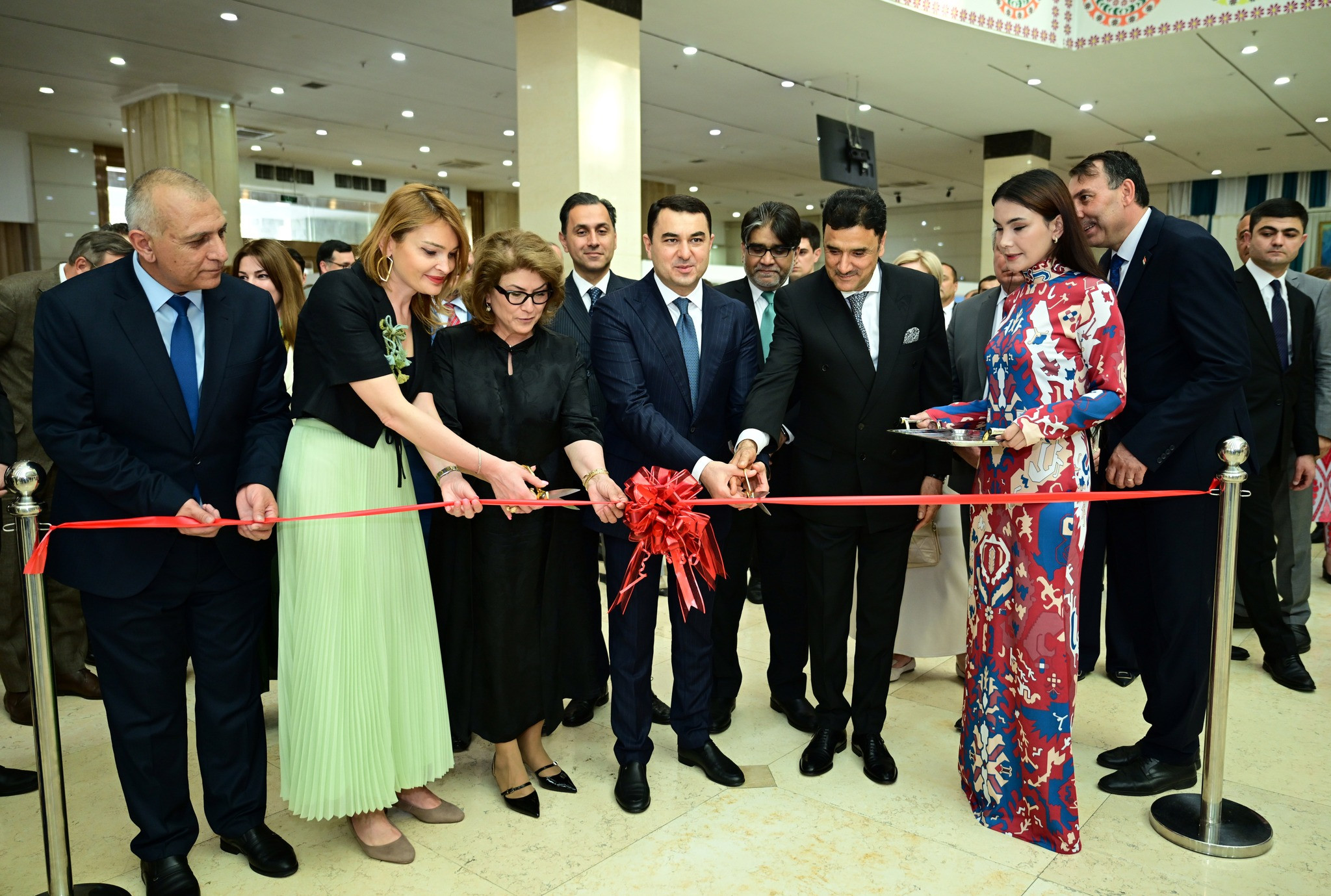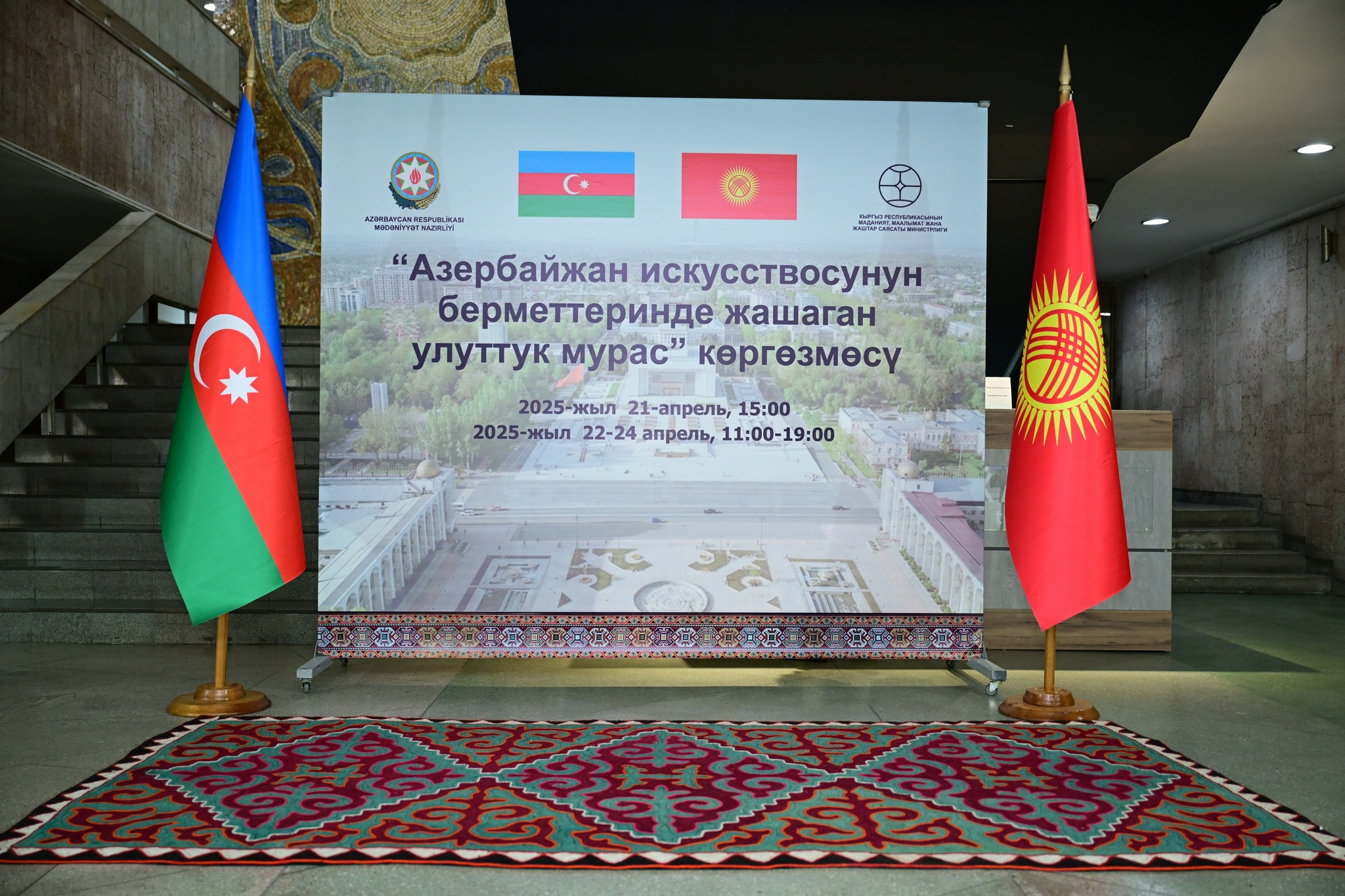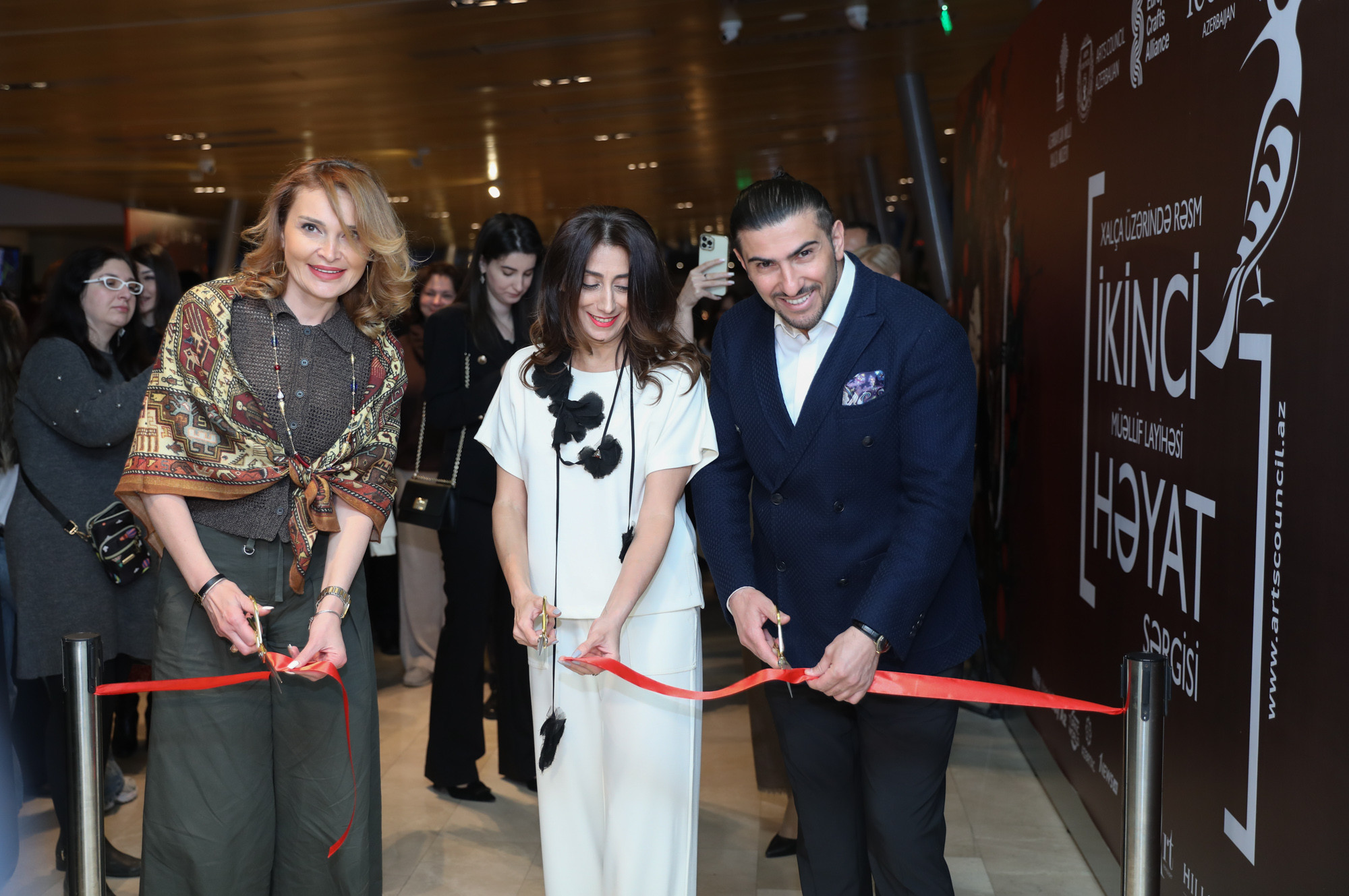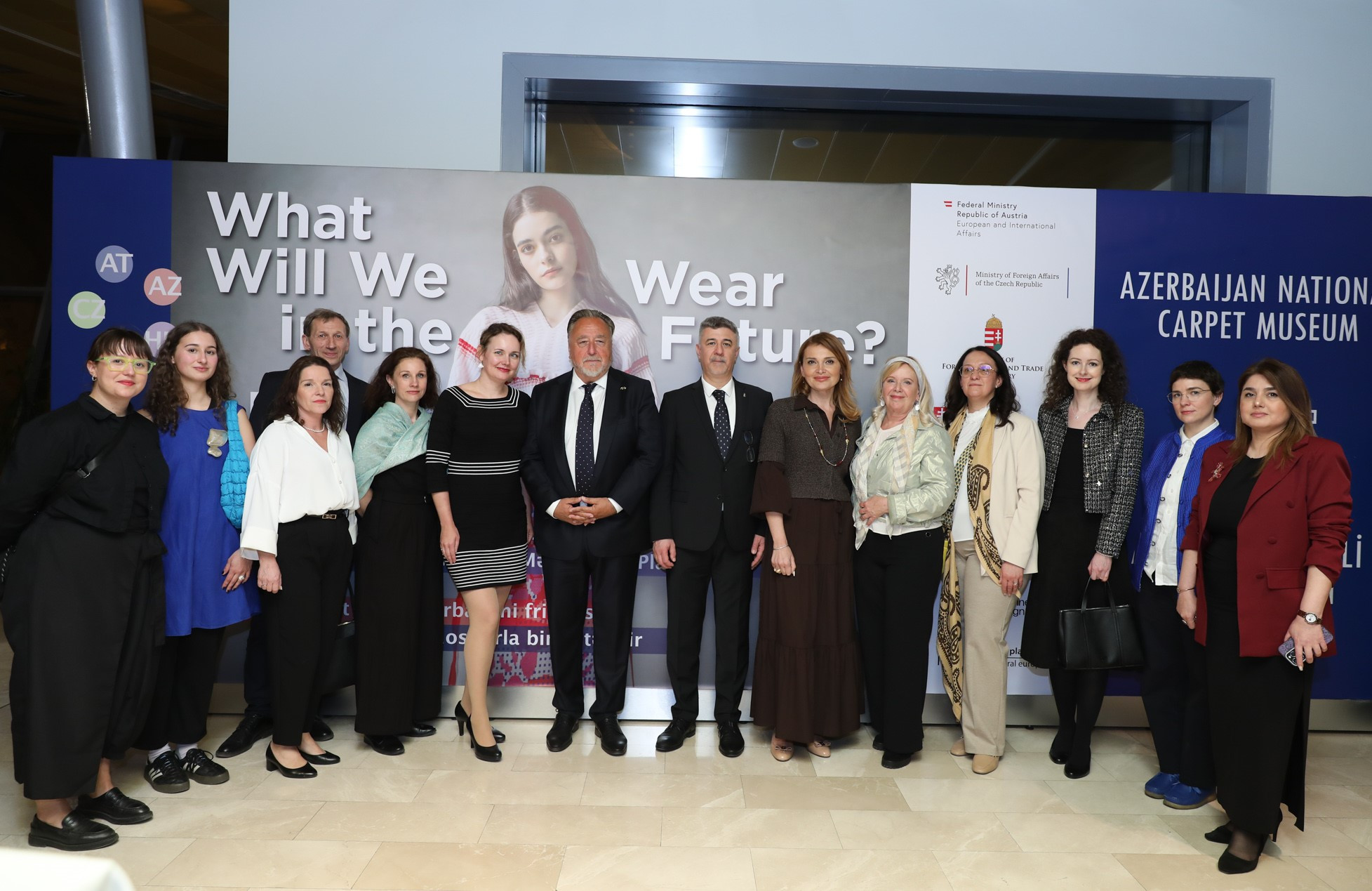Fabric fragment
It is time to learn more about the various embroideries in our collection!
Embroidery art developed owing to our country’s rich and mysterious environment, people’s refined taste and inexhaustible talent. Girls used embroidery and knitting to make their dowries, and the mothers of boys embroidered when making gifts for wedding ceremonies. Until the beginning of the twentieth century, embroidery and textiles were widely used in everyday life, especially in house interiors.
12th-13th-century embroidery is the oldest object of our collection. It was found during the archeological excavations among the ruins in Kharaba Gilan near Nakhchivan. The unadorned beige basis of the linen is woven in a simple form and has calligraphic images on it. The embroidery was made using the satin stitch technique. The method was applied using various stitches, and this embroidery was decorated with a su tikishi (stem stitch embroidery).
Fabric fragment. Kharaba Gilan, Azerbaijan. 12th–13th century. Wool, linen. Handmade. Inv. No. 9281
